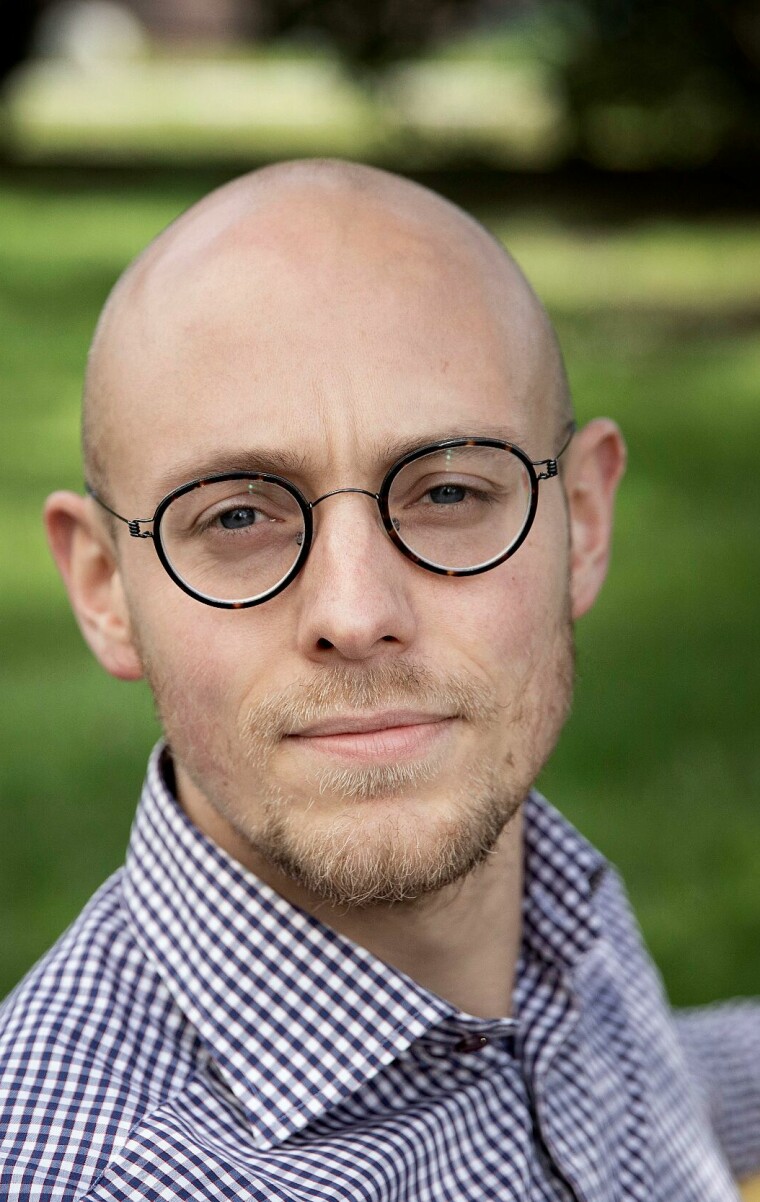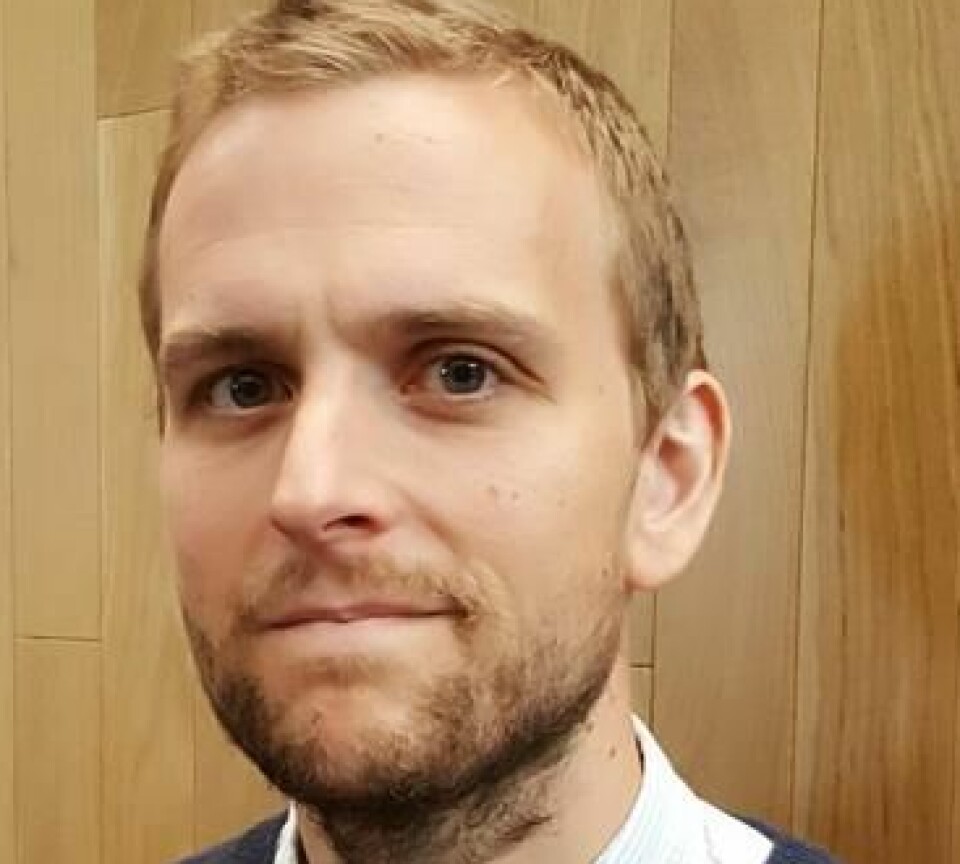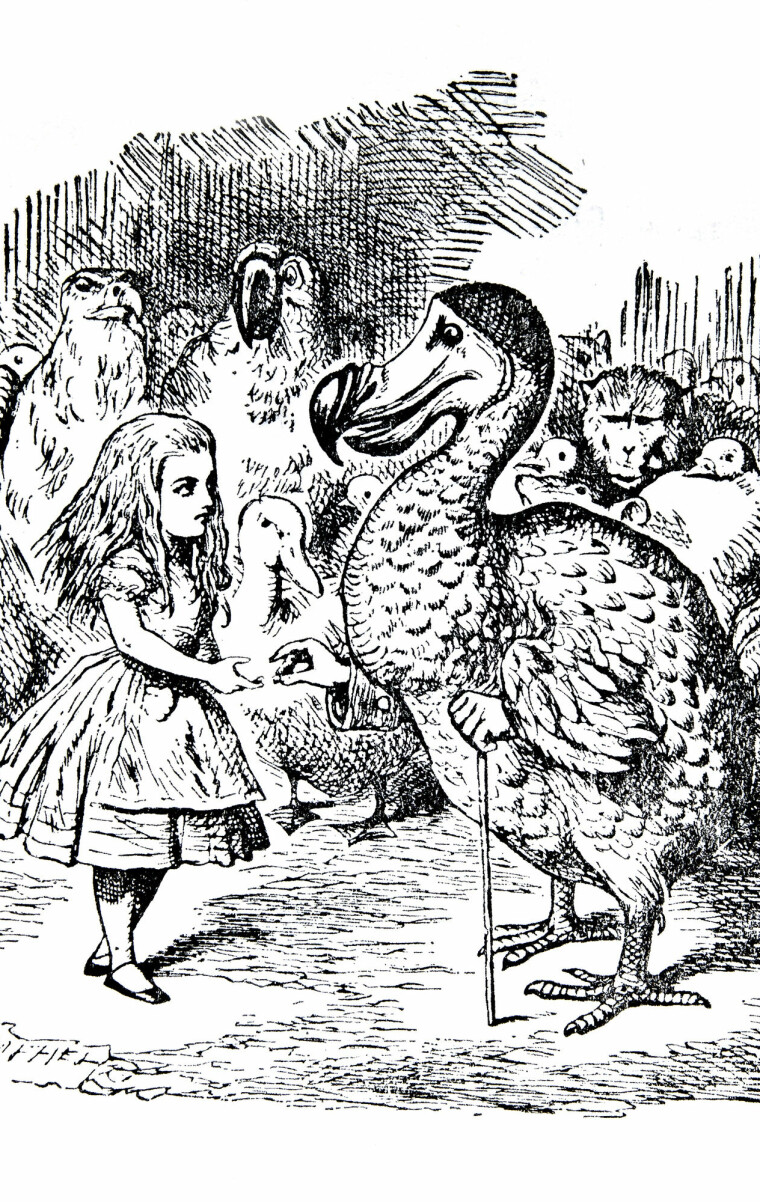
Psychotherapy includes hundreds of different kinds of therapy.
EMDR is one of them, in which the patient has to follow something that moves with their eyes – like a pair of fingers – and talk about their traumas.
Does someone make sure that the treatment you receive is right for you?
Why are there 500 different types of psychotherapy?
Treatments can vary widely and are sometimes even contradictory. But no one is making sure that the method you use actually works.
Anxiety, personality disorders, phobias, depression, post-traumatic stress syndrome, eating disorders, substance abuse disorders – or typically, a mixture of several ailments and disorders – are all problems that might lead you to see a psychologist.
Your therapist might choose from hundreds of forms of treatment , including psychodynamic therapy, cognitive behavioural therapy, EMDR therapy, ACT therapy, gestalt therapy, interpersonal psychotherapy, mindfulness-based therapy, psychodrama – and more.
The many options might seem logical. It is easy to imagine that different therapy approaches are used to treat different disorders.
But often this is not the case.

In some cases – such as exposure therapy for phobias – we have good documentation that certain forms of therapy work particularly well for certain problems.
But in most cases, the treatment you receive from a psychologist is completely random.
“The treatment you get is the luck of the draw,” says Jørgen Flor, a clinical psychologist and author who is writing a popular science book about the diversity of psychological approaches.
In practice, a person who comes to a District Psychiatric Centre in Norway ends up with the first psychologist who has available capacity, he says.
The lists of psychologists in private practice often do not describe which forms of therapy the therapist uses.
But there can be big differences between these treatments.
Five main types of therapy
Henrik Berg has a background in psychology and philosophy and works as a professor at the University of Bergen (UiB).
He says that the hundreds of available treatment types can be divided into five main groups.

“There’s behavioural therapy, cognitive therapy, psychodynamic and psychoanalytic therapy, humanistic therapy and eclectic therapy, which mixes a little bit from various forms," he says.
Berg says that these methods can yield quite different answers, for example depending on what the goal of the therapy is or what characterizes the illness and recovery.
Remove problems or come to terms with them?
“In existential psychotherapy, for example, suffering is seen as a completely natural part of life. The treatment is about dealing with suffering and accepting and coming to terms with our life circumstances,” says Berg.
“Cognitive behavioural therapy regards suffering more as something to be removed, so that we’re able to live productive lives.”

Two different therapists might therefore give a patient completely different explanations as to why he or she is struggling and how their treatment will help.
The question is how well these different approaches help the patients and not least how effective they are in relation to each other.
Finding a good answer to this turns out to be surprisingly difficult, however.
When researchers compare the effectiveness of the different types of therapy within psychology, they come to the conclusion that all the therapies work equally well.
The Dodo bird verdict
The amount of documentation available for the various forms of treatment varies greatly.
Some of the methods have barely been researched, while others – like cognitive therapy – have been investigated in thousands of studies.
But when the research is reviewed and the methods are compared in meta-analyses, the techniques often emerge as having the same effectiveness.

The phenomenon is often referred to as the ‘Dodo bird verdict’.
The name appeared as early as in 1936 and was inspired by the children's book Alice in Wonderland.
The dodo is a bird and one of the characters in the story. It organises a competition, but declares that all the participants have won and must receive a prize.
Discussions continue about why there is so little difference between completely different forms of treatment.
Another timely question is – if everything works equally well – why do we need so many methods?
Just variations of the same thing?
Professor Ole André Solbakken at the University of Oslo (UiO) argues that psychotherapy doesn’t have that many methods in reality.
In contrast to Berg from the University of Bergen, Solbakken believes that the methods are essentially the same.
“Because what is psychotherapy? It’s sitting with another human being, who dedicates their full attention to you. Who tries to help you learn to relate to yourself, to your feelings and reactions and to other people in an appropriate way.”

“The therapy techniques are just variants of ways to talk about difficulties,” he says.
Many techniques can work for the same problem
Solbakken argues that the methods are not at all in conflict with each other.
He believes that psychological problems are complex conditions that can be addressed from many angles. If you bring about a change in thoughts, feelings or behaviour in one place, this change can in turn affect other parts of the system.
In this way, multiple techniques can address the same problem, he suggests.
Solbakken says that several established forms of therapy are taught in the psychology department at the University of Oslo.
Psychologists sometimes also take private courses in a number of different techniques later. Developing your own therapy school can bring money and prestige.
“I don’t believe that the future of psychology is more therapy methods. They have just been a detour to establish a place in this field,” says Solbakken.
“Running a therapy school is still pretty lucrative and the easiest way to get a name for yourself,” he says.
Berg from UiB also believes that personal interests can play a role.
“A lot of people have an interest in promoting their own school. Prestige, financial interests or some other existential motivation can be behind it,” he says.
Too easy to create new forms of therapy
Sverre Urnes Johnson, a professor and psychology specialist at the University of Oslo and Modum Bad, believes there are too many forms of therapy.
“We have many types of therapy that are poorly documented. And a lot of them are not well-defined methods either,” he says.
“It’s too easy to come up with new forms of therapy that have no clear structure or differences from other therapies. This is confusing for both the patients and the research.
Not much is required to establish a new school of therapy.
The story of EMDR therapy is a good example.

It all began in 1987 with the American psychologist Francine Shapiro.
According to her, she was walking in the park while thinking about unpleasant memories. She found that her eye movements around the surroundings dampened her negative feelings.
From this experience arose the idea for a new form of therapy – Eye Movement Desensitization and Reprocessing – abbreviated to EMDR.
EMDR involved having the patients move their eyes back and forth while they talked about their traumas.
Shapiro began using the technique on her own patients. In 1989, she published a study she had done with 22 participants.
Perhaps a short-term effect
Then EMDR caught on. The method was presented and marketed and adopted by many therapists throughout the 1990s. Eventually, it was not only used to treat traumatic memories but also depression, schizophrenia and eating disorders.
Today, many therapists in Norway offer this therapy.
A good number of studies have been done on EMDR, but many are of low quality.
The most recent major meta-analysis from 2020 concluded that the method might have a short-term effect on post-traumatic stress syndrome, but that the studies were of too low a quality to provide reliable answers.
But this lack of good documentation is of little consequence, because within psychotherapy, documentation showing that the methods work is not required.
Psychotherapy not regulated
There is very little regulation of the methods used in psychotherapy, says Joar Øveraas Halvorsen, a clinical psychologist and associate professor at NTNU. He contrasts psychotherapy with drug treatment.

“Medications are strictly regulated by the authorities,” he says.
The pharmaceutical companies have to document that the medicines are effective and that they are not harmful before they are allowed to market them.
“Within psychotherapy, there’s no regulation at all. The only thing that is regulated is my authorization to practise. Once I have it, I can basically do almost anything,” says Halvorsen.
Any treatment goes
In other words, the authorities do not dictate which treatment has produced the best effect or which therapies are deemed to be knowledge-based and which ones do not have enough documentation to be used.
“I can sit in my psychologist's office and offer any treatment, with or without evidence from research,” says Halvorsen.
He finds it strange that psychotherapy is not regulated more.
Need to use the knowledge we have
Psychologist Jørgen Flor also believes that the techniques used need to be scientifically based. However, he does not find the many types of treatment problematic.
The problem is rather that we don't use the knowledge we already have and that we don't put more effort into finding out what works on an individual level.
“We have lots of studies at the group level, but far too few of them examine what works for whom,” says Flor.
Most viewed
No attempt to match therapist, therapy and patient
Which type of therapy and which type of therapist suits which type of patient?
Studies have shown that the results of a treatment often improve when the therapist and the patient form a good alliance and agree on an understanding and treatment plan that makes sense.
But today no such matching is attempted. Instead, patients are distributed completely randomly.
“A lot of the things we know are important aren’t taken into account when we design mental health services,” says Flor.
We need diversity
Flor says that he has changed his mind regarding the number of methods.
“I used to be a bit bothered by the variety of treatment options, but now I think we need them.”
Having a toolbox full of tools of all shapes makes it easier to find the right one, and one that suits both the therapist and the patient well.

Flor believes that therapists need methods that feel meaningful and fit their own views. A well-chosen method provides security in the therapy situation, which in turn is important for the treatment to work.
Hoping to find a pattern
Figuring out which therapy suits which patient remains an unanswered question.
Jan Ivar Røssberg is a professor of psychiatry at the University of Oslo and a senior physician in psychiatry at Oslo University Hospital. He completely agrees that we should match patients and therapies.
But that may be easier said than done.
“We clinicians are bad at making treatment choices. The research mostly shows that we don’t do any better than random guessing, and we have no idea why,” says Røssberg.
He and his colleagues are trying to find more answers.
They use surveys and statistical methods to see if it is possible to find patterns in a patient’s personality, symptoms, social relationships and other factors. A pattern that can predict which form of therapy will work best for which patients.
“We’d like to be able to achieve more personalized psychotherapy,” he says.
Pictures:
Photo of Jørgen Flor: Paal Audestad
Illustration photo of a psychologist: Galina-Photo/Shutterstock/NTB
Illustration of man in labyrinth: Alphaspirit.it/Shutterstock/NTB
Picture of Alice and the dodo from the story Alice in Wonderland: Oleg Golovnev/Shutterstock/NTB
Image of trees in a park: Antstang/Shutterstock/NTB
———
Read the Norwegian version of this article at forskning.no







































